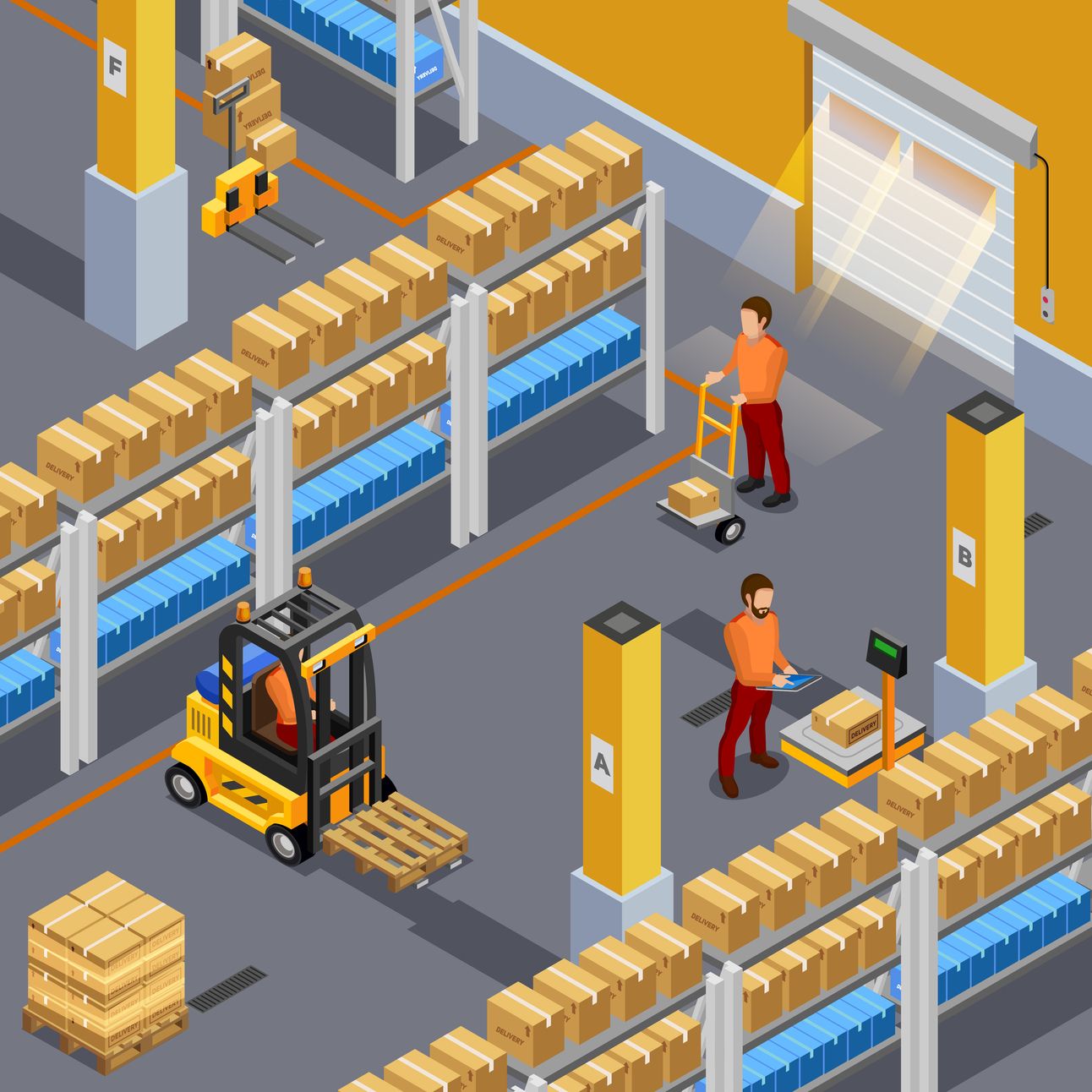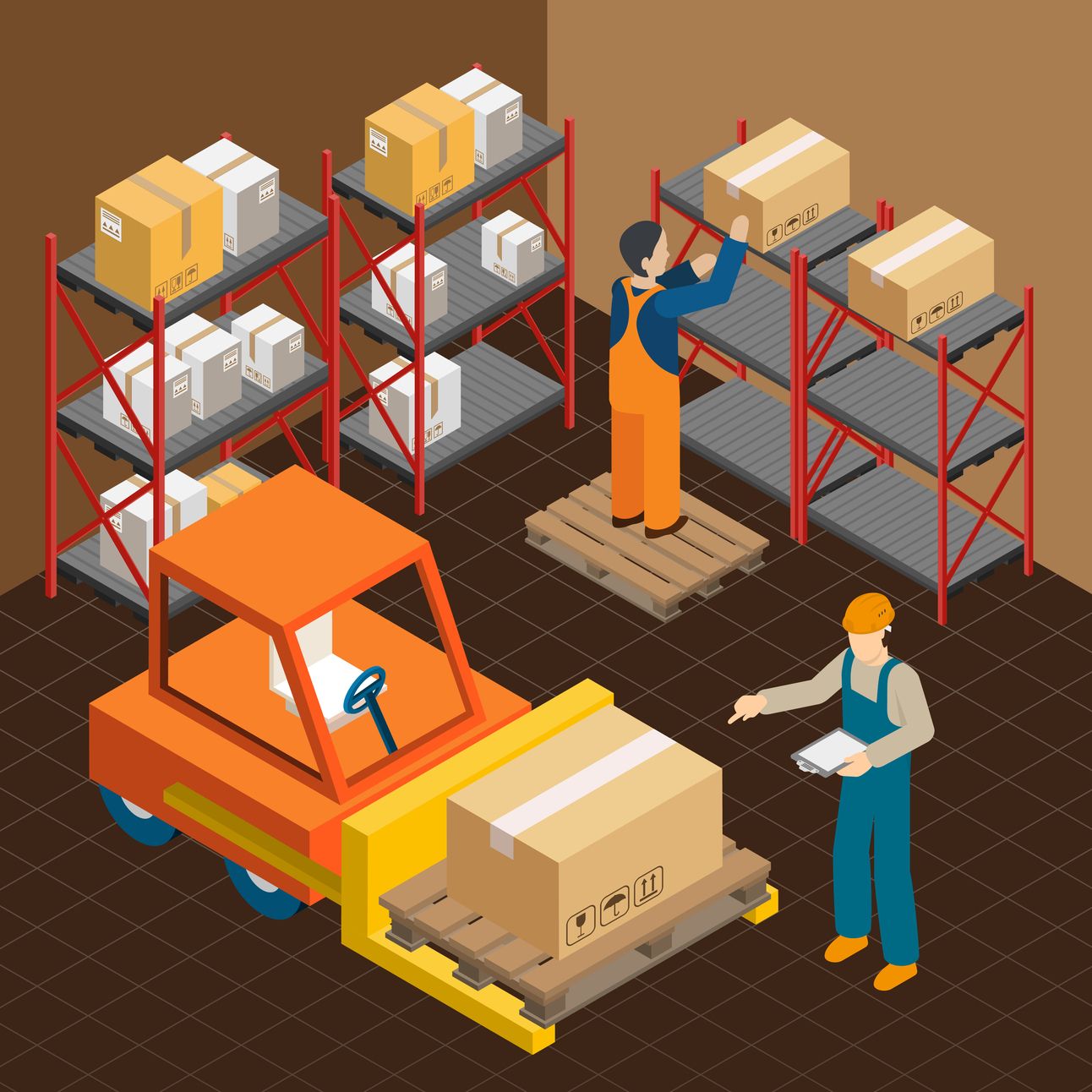- Warehouse Wisdom. Weekly.
- Posts
- Warehouse Wisdom. Weekly. 3/8/2024
Warehouse Wisdom. Weekly. 3/8/2024
Only the most relevant news for SMBs to improve logistics – picked, packed, and delivered without the bias.

Happy Friday!
Not sure if you’re as bummed out as we are for daylight savings time this weekend but losing that extra hour of sleep conjures up thoughts of sleep deprivation, grogginess, and lowered productivity.
And, while some of the logistics headlines may seem like they’re straight out of a crazy dream, we assure you that’s not the case. Yes, a truck driver stole a trailer filled with 1,560 cases of Mike’s Hard Lemonade, worth almost $33,000. And some innocent victims of vehicle accidents at the hands of Amazon delivery drivers are finding out the hard way that pointing the blame at Amazon is a tricky legal feat.
But that's just a taste of the interesting stories out there. In this week's newsletter, we dive into Mexico's rising status as a logistics hub, explore Target's new $49 membership program designed to rival Amazon and Walmart, report on the tragic loss of three lives in the Houthi attacks, and look at the boom in industrial real estate development along the Mexico/U.S. border, among other hot topics!
Let’s get to work before we lose that extra hour. After all, at least there will be more sunshine in the morning in a few days.
LOGISTICS VITALS
MEXICAN PORTS’ CARGO VOLUMES SURGE IN JANUARY

Mexico is on the rise as a key player in logistics, whether it’s truly a result of increased nearshoring, or largely to do with more goods moving from China to Mexico and then into the US. Regardless, Mexico has become an increasingly important logistics hub, with cargo volumes hitting new highs. Containerized freight movements from Mexico to the U.S. are up 9% month-over-month. Let's break down the latest stats (January) to see what's going on:
728,116 TEUs: Mexico’s Total Port Volume, up 20% year-over-year.
532,534 TEUs: Total Pacific Coast Ports Volume.
309,251 TEUs: Manzanillo Port Volume, a 13.8% increase from the previous year.
185,406 TEUs: Lazaro Cardenas Port Volume, a significant 40% increase.
195,582 TEUs: Total Gulf Coast Ports Volume, an 18.8% increase year-over-year.
99,765 TEUs: Veracruz Port Volume, up 13.1%.
76,646 TEUs: Altamira Port Volume, a 29.5% increase.
RETAIL AND MARKETPLACES
TARGET VS. WALMART: A BATTLE OF RETAIL INNOVATIONS AND CUSTOMER LOYALTY PROGRAMS

This week, the spotlight shines on Target as it gears up to take on retail giants Amazon and Walmart. They're introducing a new membership program, Target Circle 360, which starts at $49. This program aims to enhance customer loyalty and compete with Amazon Prime and Walmart+. But Target's ambitions don't stop there; they plan to open 300 new stores over the next decade, revamping their current ones with new features like Ulta Beauty spots and updating their look. The aim is clear: to make shopping at Target an even more attractive option.
However, the "follow the leader" game doesn't end with Target. Walmart is re-tooling Target's approach, too. Walmart is introducing restrictions on self-checkout lanes exclusively for Walmart+ subscribers or Spark delivery drivers and limiting the number of items customers can check out at self-service kiosks. Are we approaching the day where we’ll need a membership to use the self-checkout lane?!?
Yet, it's not all about matching moves. Walmart brings some welcomed news amidst the price tag wars by announcing a drop in food prices. Yes, in a time when wallets are squeezed tight by inflation, Walmart is rolling back prices on essentials like eggs, apples, and snacks. It's a sigh of relief for many and perhaps a hint that we might be edging towards some more affordable grocery bills.
How do you stay up-to-date with the insane pace of AI? Join The Rundown – the world’s fastest-growing AI newsletter with over 500,000+ readers learning how to become more productive using AI every morning.
1. Our team spends all day researching and talking with industry experts.
2. We send you updates on the latest AI news and how to apply it in 5 minutes a day.
3. You learn how to become 2x more productive by leveraging AI.
FREIGHT AND SHIPPING
HOUTHI ATTACKS, MARITIME REGULATIONS, AND UNDERSEA CABLE DISRUPTIONS

Things have taken a tragic turn in the world of shipping and maritime activities. This week, an attack by Yemen's Houthi rebels in the Gulf of Aden tragically resulted in the deaths of 3 individuals aboard the commercial ship True Confidence. This marks the first fatal strike linked to the Houthis' campaign of assaults amid the Israel-Hamas conflict.
Further complicating the situation, the Houthi-controlled Maritime Affairs Authority in Yemen now requires commercial ships to obtain a permit before entering Yemeni waters. This requirement, announced by Houthi Telecommunications Minister Misfer Al-Numair, aims to control ship movements. The affected area includes the Bab al-Mandab Strait.
Additionally, something quite unusual occurred with the damage to four submarine internet cables in the Red Sea, disrupting internet service for many in Asia, Europe, and the Middle East. Damage to these cables is rare and underscores the fragility of the systems that connect us globally.
Who knew that the seas and oceans would becoming so tense and unpredictable?
COMMERCIAL REAL ESTATE
INDUSTRIAL GROWTH AND RENT INCREASES AT THE MEXICO/U.S. BORDER

The Mexico/U.S. borderlands are witnessing a significant rise in industrial real estate development, driven by the increasing trend of nearshoring, with companies moving operations closer to the U.S. to save on costs and improve supply chain efficiency. Meor, a real estate firm from Mexico City, is leading this expansion. They plan to invest $1.7 billion in 13 industrial projects and seek U.S. partners to join them. This initiative responds to Mexico becoming a top trading partner with the U.S., with trade significantly increasing to $798 billion in 2023.
This trend isn't just happening in Mexico. Globally, logistics rents have increased by 6% in 2023, with Mexico experiencing an even more dramatic 19% increase, making it the new darling of the industrial real estate sector. Low vacancy rates, rising construction costs, and booming demand for nearshoring locations drive these rent hikes. As companies look to streamline their supply chains, Mexico's strategic position and growing industrial infrastructure make it a prime spot for investment.
SUPPLY CHAIN AND MANUFACTURING
FEBRUARY SHOWDOWN: MANUFACTURING FACES DECLINE AS LOGISTICS SECTOR SOARS

In February, the manufacturing and supply chain world showed us two different stories. On one side, manufacturing took a hit. The Institute for Supply Management (ISM) shared that manufacturing output dropped slightly, with the PMI decreasing to 47.8 from January's 49.1. This means manufacturing has been on the downward trend for 16 months straight. With drops in new orders, production, and jobs, it's clear that even a slight improvement from January wasn't enough to beat seasonal challenges.
On the flip side, the logistics world is looking up. The February Logistics Manager’s Index (LMI) jumped to 56.5, showing the logistics sector is growing. This growth comes from more inventory, better use of warehouses, more transportation capacity, and higher transportation costs. Not all logistics companies, however, are jumping for joy. DHL announced that earning could remain relatively flat this year. Despite manufacturing facing tough times, logistics seems to be trending in the right direction – depending upon who you ask.
WAREHOUSE OUTSOURCING
AMAZON'S NEW FEES PUSH BUSINESSES TO THE EDGE

Amazon has been making some changes that are causing quite a stir among FBA sellers. Amazon recently rolled out new fees for sellers on its platform. These changes have led to higher costs for sellers and Amazon's customers.
One of the new fees, the "inbound placement service fee," is seen as Amazon's way of pushing sellers to use its Warehousing and Distribution (AWD) service. Sellers are worried that they might have to charge their customers more to cover these extra costs.
Although Amazon says these new fees will help balance the costs and give sellers more control over how they spend money on shipping, many sellers think their overall expenses will increase. There's also talk about how Amazon is making more money from these seller fees, with their earnings from these fees hitting $140 billion in 2023. This is happening as Amazon relies more on third-party sellers, who now provide over 60% of the products sold on Amazon.
Perhaps it’s time to think about bringing fulfillment back in-house, or using a 3rd party fulfillment company?
WAREHOUSE QUICK DELIVERIES
STORE CLOSURES, ACQUISITIONS, LOGISTICS INNOVATIONS IN RETAIL AND TRANSPORTATION, AND MORE…
Rite Aid Closes 31 Stores as Part of Restructuring Efforts
Deutsche Post's DHL Plans Share Buyback Extension Amid Modest Earnings Outlook
Kuehne + Nagel Acquires City Zone Express to Strengthen Presence in Asia-Pacific
Walmart Sells Intermodal Operations to JB Hunt in Long-term Logistics Deal
Wayfair Introduces Consolidated Delivery to Reduce Shipping Costs for Merchants
“Customers bid up rents as they compete for space.”

